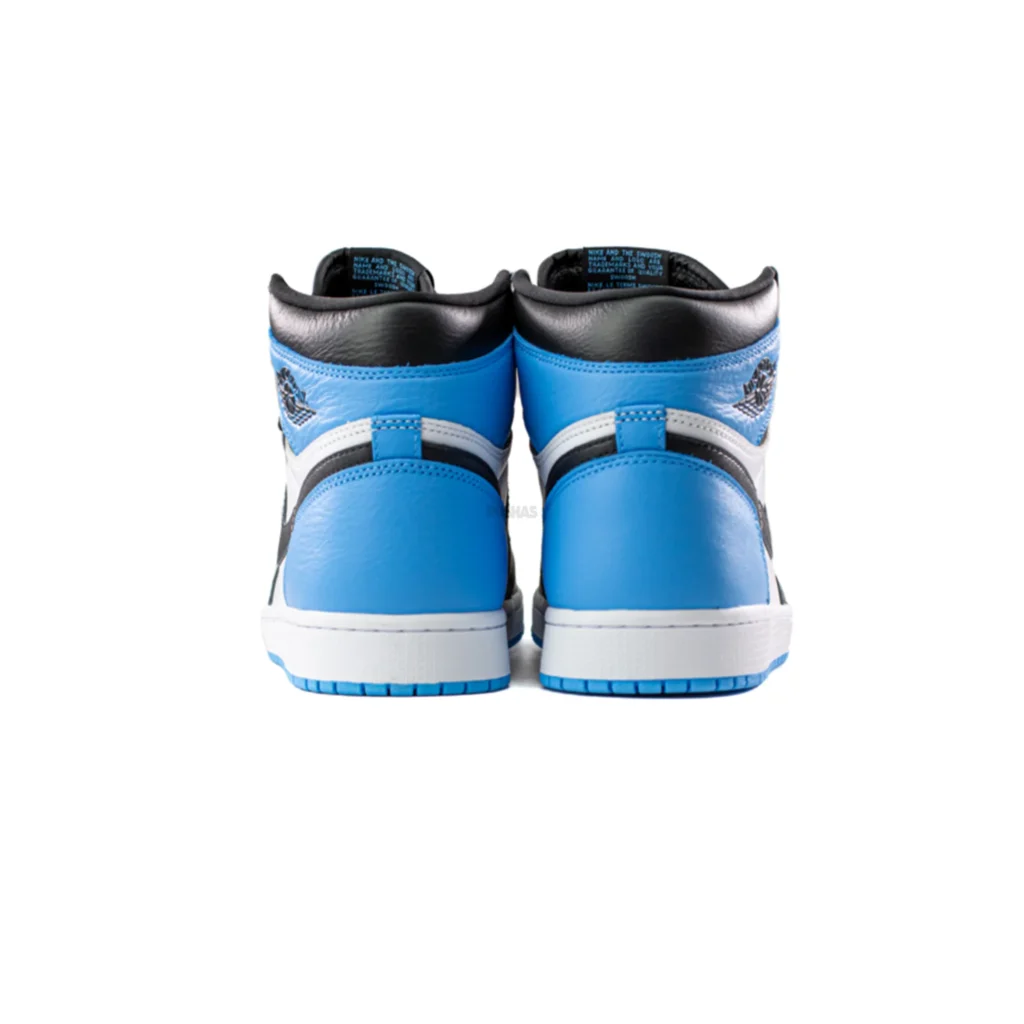The Air Jordan 13, an iconic sneaker designed by Tinker Hatfield, made its debut in 1997 and quickly became a favorite among sneaker enthusiasts. Its sleek silhouette, inspired by a black panther, makes it a must-have for collectors. However, its popularity has also led to the rise of counterfeit versions, making it crucial for buyers to know how to differentiate between real and fake Jordan 13s. In this article, we’ll break down the key elements to inspect when verifying authenticity.
1. Examining the Packaging
A genuine pair of Jordan 13s comes in a high-quality box with precise details.
- Box Quality: Authentic boxes are made from durable cardboard with sharp, clean edges. Fake boxes may feel flimsy and have uneven folds.
- Label: Check the label on the side of the box. Real pairs have sharp fonts, evenly spaced letters, and correct product information. Counterfeits often have blurry printing and incorrect font styles.
- Retail Sticker: Authentic pairs come with a retail sticker featuring the product code, colorway, and sizing. Cross-check the product code online to ensure it matches the official release.
2. Inspecting the Hologram
One of the most distinctive features of the Jordan 13 is the holographic “cat’s eye” on the ankle.
- Depth and Clarity: In real pairs, the hologram has a noticeable depth effect and shifts in color depending on the angle. Fake holograms may appear dull, flat, or blurry.
- Jumpman Logo: Inside the hologram, the Jumpman logo and the number “23” should be crisp and well-defined. Counterfeits might show a distorted logo or misplaced numbers.
3. Evaluating the Stitching
Meticulous craftsmanship is a hallmark of authentic Jordan 13s.
- Uniformity: Authentic pairs have precise, even stitching throughout the shoe. Replicas often feature inconsistent stitch patterns or loose threads.
- Midsole Alignment: Check the alignment where the midsole meets the upper. Real pairs have a smooth transition, while fake pairs may show gaps or excess glue.
4. Analyzing the Materials
Nike uses premium materials for the Jordan 13, which counterfeits struggle to replicate.
- Leather Quality: Genuine Jordan 13s use soft, tumbled leather that feels luxurious to the touch. Fake pairs often use synthetic materials with a plasticky texture.
- Suede and Mesh: On colorways featuring suede or mesh, authentic materials feel smooth and durable. Counterfeits may have rough or uneven textures.
5. Checking the Outsole and Traction
The outsole design of the Jordan 13 mimics a panther’s paw, offering another authenticity checkpoint.
- Traction Pattern: Real pairs have a defined herringbone traction pattern with deep grooves, ensuring grip on the court. Fake pairs might display shallow or uneven patterns.
- Carbon Fiber Plate: Flip the shoe over to examine the carbon fiber shank plate. Authentic plates have a textured, woven appearance, while replicas may feature painted plastic.
6. Verifying the Jumpman Logos
The Jumpman logo is an iconic symbol of authenticity.
- Tongue Embroidery: On the tongue, the embroidered Jumpman should be symmetrical, with clean lines. Counterfeits may have uneven stitching or disproportionate features.
- Insole Logo: Remove the insole and inspect the printed Jumpman logo. On genuine pairs, the print is crisp and long-lasting, while on fakes, it may fade quickly.
7. Reviewing the Interior Tags
Every authentic Jordan 13 comes with an interior tag containing crucial information.
- Production Dates: The tag lists production dates, typically in MM/DD/YY format. Fake tags often display incorrect date formats or unrealistic timeframes between production and release.
- UPC Code: Cross-check the UPC code with official sources. Each authentic pair has a unique code that matches the one on the box label.
8. Examining the Price and Purchase Source
While not a physical feature, price and purchase location can offer clues about authenticity.
- Too Good to Be True: If the price is suspiciously low, especially for rare colorways, there’s a high chance the shoes are fake.
- Trusted Retailers: Buy only from reputable retailers or trusted resell platforms to avoid counterfeits.
Conclusion
The Jordan 13 reps is a sneaker that holds a special place in basketball and streetwear culture. As counterfeits become increasingly sophisticated, it’s essential to scrutinize details like packaging, holograms, stitching, materials, and logos to ensure authenticity. Armed with these tips, sneaker enthusiasts can confidently navigate the market and secure genuine pairs.
By taking the time to verify these details, you not only protect your investment but also honor the craftsmanship that makes the Jordan 13 iconic. Stay vigilant, and may your sneaker game remain strong


